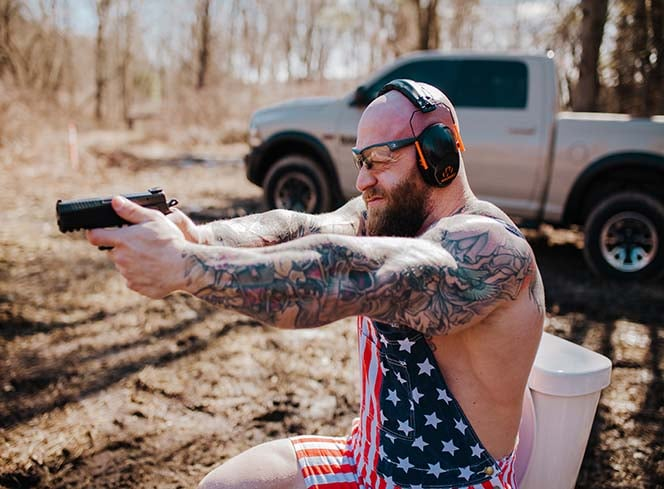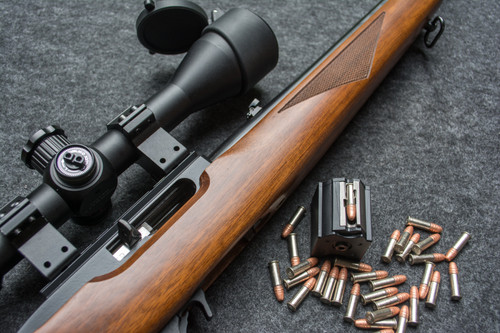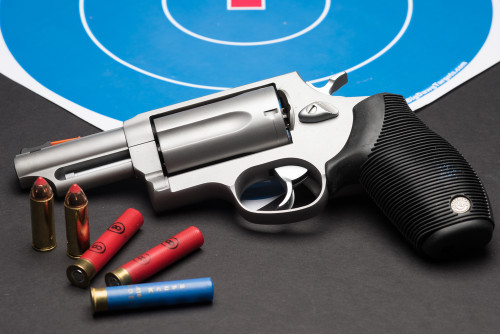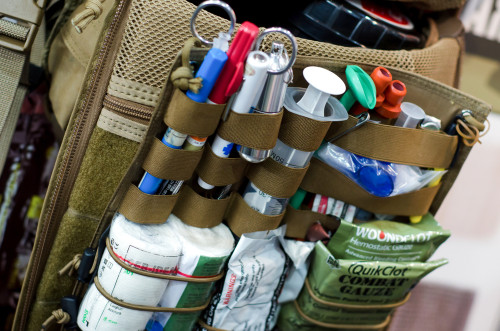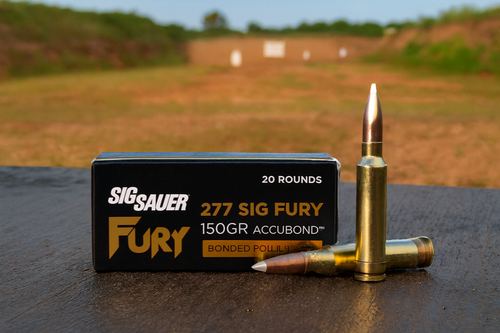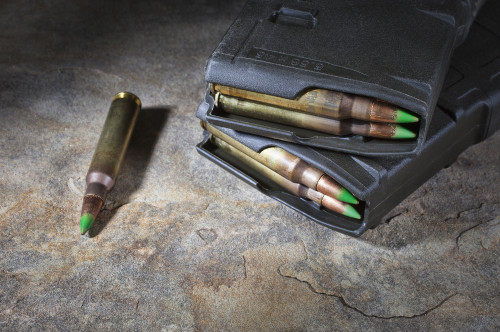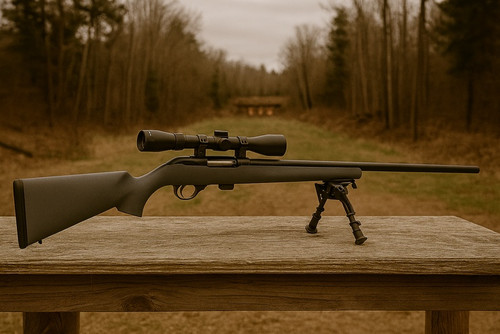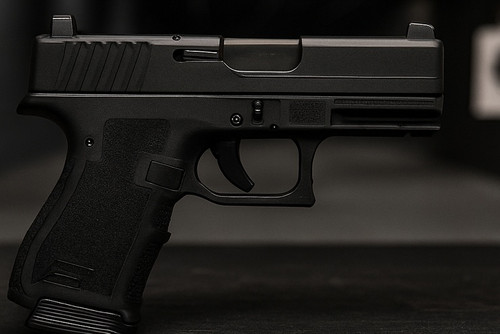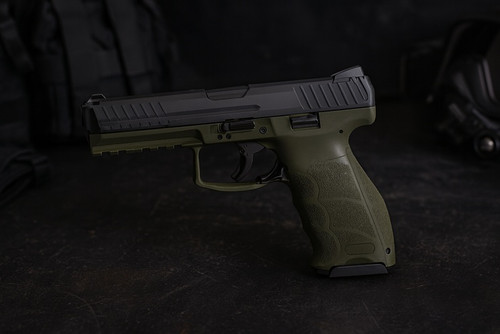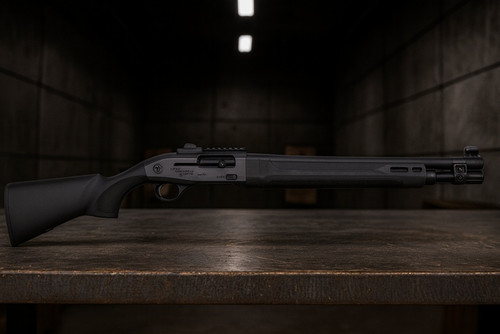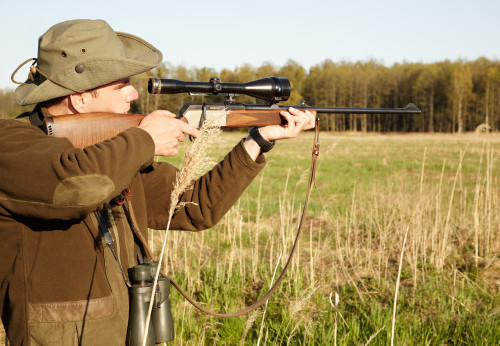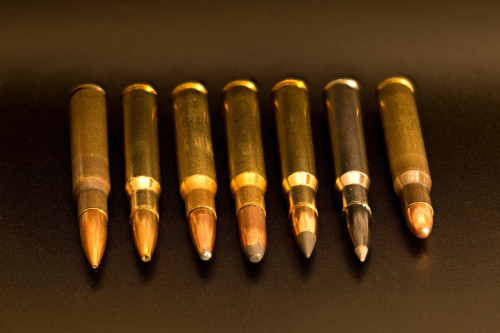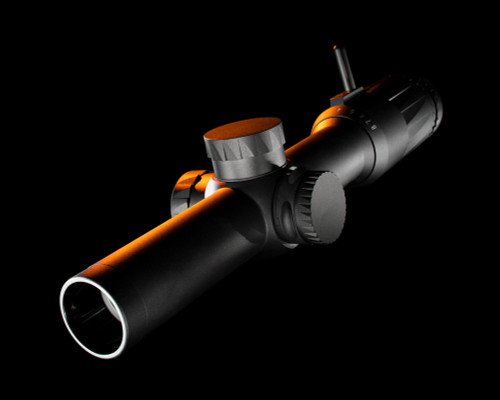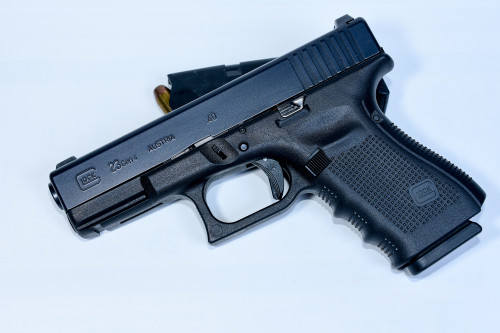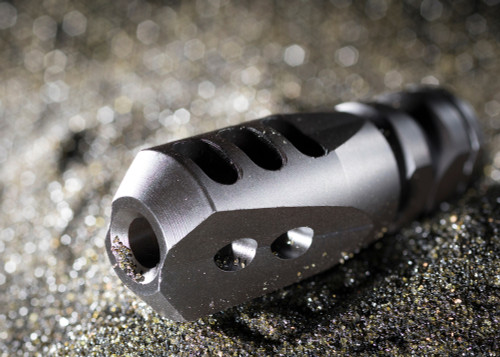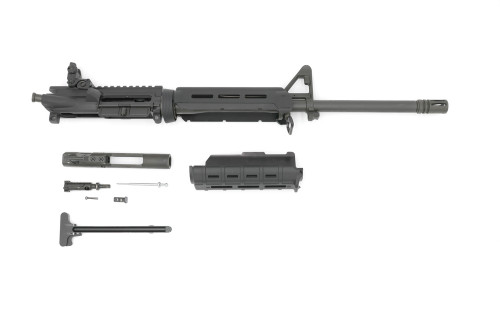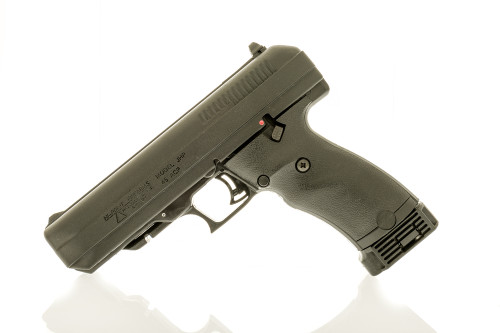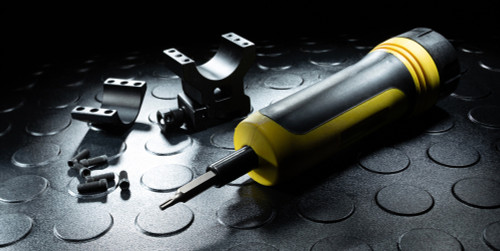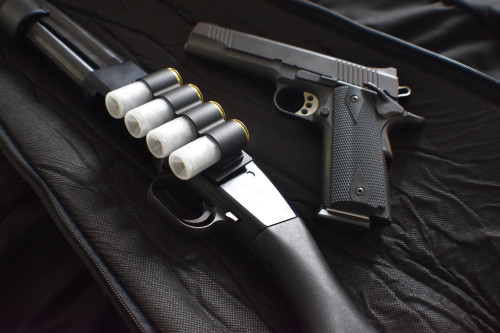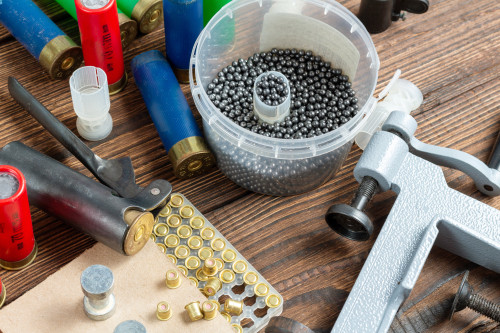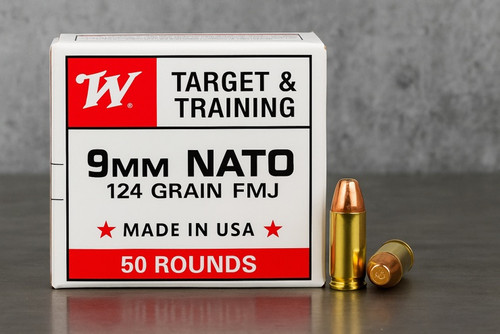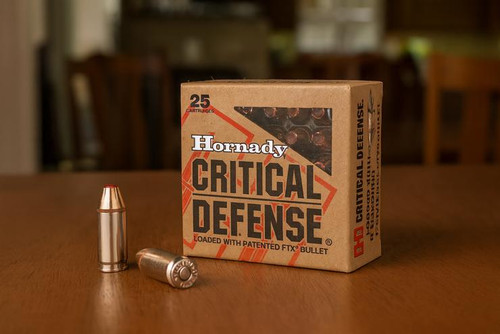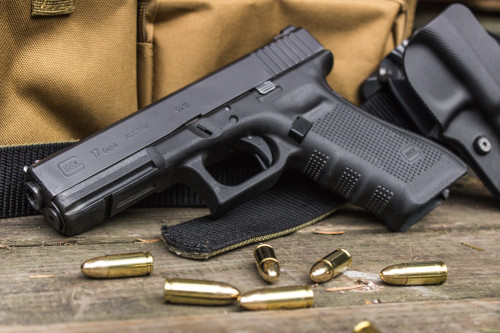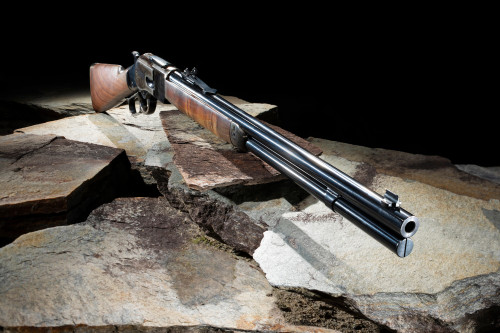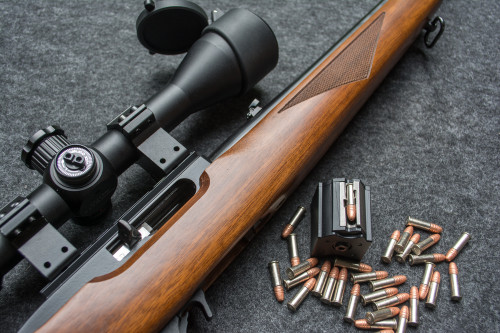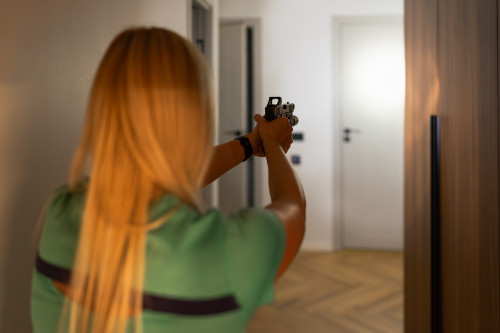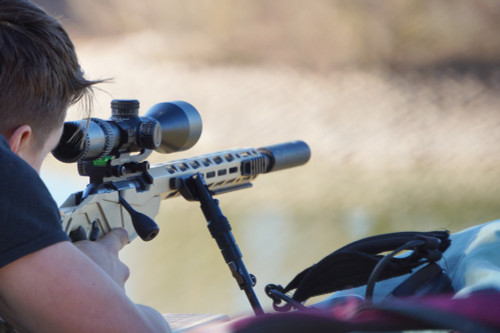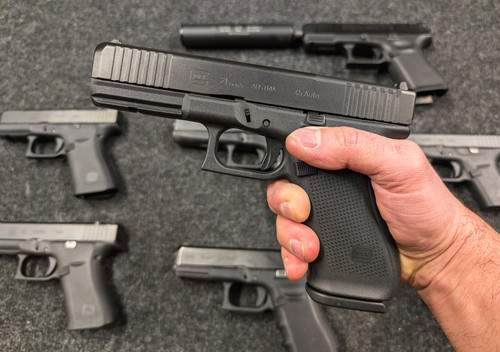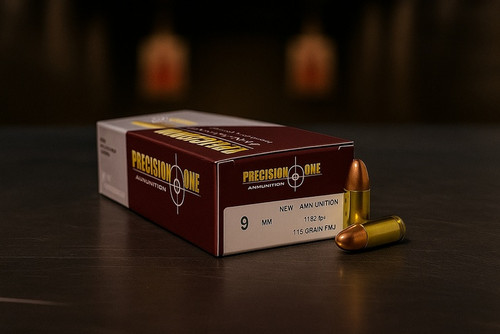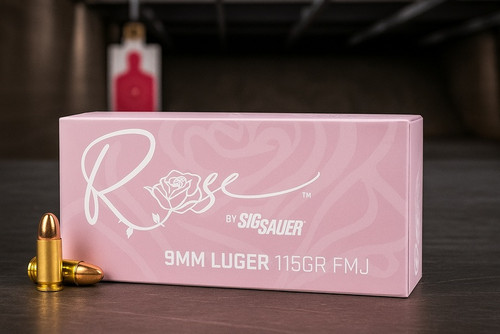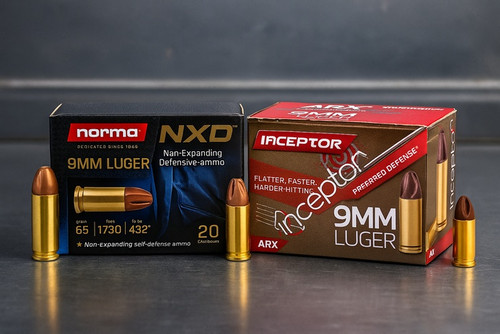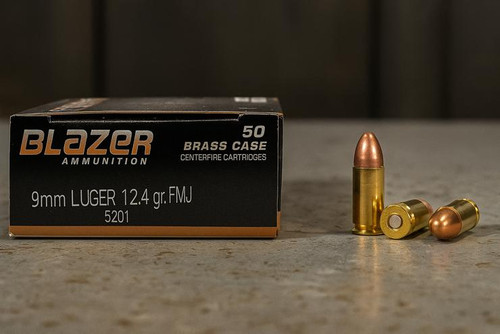The Real Question Behind the Caliber
If you own a 9mm pistol, chances are you've asked—or at least wondered—if the type of ammo you use actually matters. After all, 9mm is 9mm, right? Isn’t it all basically the same?
Not quite.
While all 9mm Luger ammunition fits in the same chamber and shares the same basic dimensions, the differences in bullet type, pressure, and construction can dramatically affect your firearm's performance, not to mention its safety and purpose.
In this guide, we’re breaking down the why, when, and how of choosing the right 9mm ammo. Whether you’re new to handguns or a seasoned range regular, you’ll walk away with a better understanding of what to load—and when it counts most.
What Makes 9mm Ammo Different? A Closer Look at the Variables

Though they may look nearly identical on the outside, not all 9mm rounds are created equal. Several key variables can change how a round performs:
Bullet Type
- FMJ (Full Metal Jacket):
A solid lead core encased in a hard metal shell, FMJ bullets are ideal for range use. They’re affordable and penetrate targets cleanly—but they don’t expand on impact, making them a poor choice for self-defense. - JHP (Jacketed Hollow Point):
Designed to expand upon hitting a soft target, JHPs are engineered for defensive use. The expansion creates more tissue disruption and reduces the risk of over-penetration. - FNEB (Flat Nose Enclosed Base):
Often found in “clean” or lead-safe ammo, FNEBs reduce lead exposure by enclosing the base of the bullet, which prevents vaporization under pressure—ideal for indoor ranges. - Frangible:
These rounds disintegrate upon hitting hard surfaces, reducing ricochet risks and are sometimes required at steel-target or shoot-house facilities.
Bullet Weight
- 115 grain:
Lighter and typically faster, 115 gr bullets are common in inexpensive training ammo. They produce snappier recoil and are good for casual range days. - 124 grain:
A versatile middle ground—slightly heavier, often a bit softer to shoot, and closer in performance to many defensive loads. - 147 grain:
Heavier and often subsonic, 147 gr bullets are favored for suppressor use or those looking for a softer recoil impulse. They travel slower but tend to shoot smoothly and quietly.
Pressure Levels
- Standard Pressure:
Works in nearly all modern 9mm handguns. Balanced recoil, safe wear on the firearm, and usually fine for both carry and practice. - +P (Overpressure):
Loaded to higher pressure for increased velocity and energy, +P rounds offer stronger terminal performance but come with added recoil and wear on your gun. Always confirm your firearm is rated for +P before using it.
Why Ammo Selection Matters: Purpose Drives the Choice

Training vs. Self-Defense
Training Ammo (FMJ):
When you’re at the range running drills, you want affordable, reliable, and consistent ammo. FMJ loads are perfect for this. They don’t expand, but they’re not supposed to—they’re about practicing fundamentals, building muscle memory, and improving accuracy.
Self-Defense Ammo (JHP):
When it comes to personal protection, expansion matters. JHP rounds are designed to transfer maximum energy to the target and stop threats quickly. Unlike FMJ, which can pass through a target and hit something—or someone—behind it, a JHP is engineered to stay in the threat and expand, limiting the risk to bystanders.
Suppressor Use
Running a suppressor? Your choice of ammo makes a major difference. Subsonic rounds—typically 147 grain—travel below the speed of sound, eliminating the “crack” associated with supersonic rounds. Combined with a suppressor, they provide a significantly quieter shooting experience. Always pair suppressed setups with ammo that matches the intent: quieter, cleaner, and heavier loads.
Indoor Shooting or Lead Concerns
Indoor ranges often recommend or require lead-safe ammo. That’s where Range Clean or similar lead-free or enclosed base bullets shine. They minimize exposure to harmful vapors and airborne particles created when traditional bullets fire—an especially smart choice if you train indoors frequently.
Firearm Compatibility: Not All Guns Like All Ammo
Even if it says “9mm” on the box and the barrel, that doesn’t mean your gun will like every round equally. Some firearms—especially compact models or those with tight tolerances—may show preferences or even feeding issues with certain ammo types.
Things That Can Affect Reliability:
- Hollow points in micro-compact pistols:
Some defensive loads may struggle to feed reliably in short-barreled or steeply ramped pistols. - Steel-cased ammo:
Often less expensive, but may not extract as smoothly as brass—and can accelerate wear over time. - Hard primers:
Imported or budget ammo may use primers that are harder to ignite, especially problematic in guns with lightened or tuned triggers.
The lesson? Test every type of ammo in your specific firearm. This is especially true for defensive carry loads—you want to be 100% confident that your gun runs it without hiccups.
Ballistic Behavior: Not All Loads Hit the Same

Even within the same caliber, different loads can have different points of impact. For example, your pistol might group beautifully with a 124 grain FMJ but print low with a 147 grain JHP. That’s normal—bullet weight and velocity influence trajectory, felt recoil, and sight picture.
If you carry a specific load for defense, it’s worth training with a similar grain weight—even if you’re using FMJ at the range. That consistency helps with recoil control and sight alignment under stress.
Examples of Ballistic Variation:
- 115 gr FMJ may hit slightly higher due to higher velocity.
- 147 gr subsonic tends to shoot softer but may require different elevation adjustments.
- +P JHP rounds have sharper recoil, which can change follow-up shot timing.
Quick-Reference Chart: Match the Load to the Mission
| Scenario | Recommended Load Type | Why It Matters |
|---|---|---|
| Casual range practice | 115 or 124 gr FMJ | Cost-effective, reliable, low recoil for high-volume shooting |
| Self-defense or concealed carry | 124 or 147 gr JHP (+P if needed) | Expanding rounds reduce over-penetration and stop threats |
| Indoor range shooting | Lead-free or enclosed base FMJ | Safer for air quality, especially with poor ventilation |
| Suppressor use | 147 gr subsonic FMJ or JHP | Subsonic rounds reduce noise; better match for suppressors |
| Firearms testing or zeroing | Match training ammo to carry load | Recoil and point of impact should be consistent for accuracy |
Final Verdict: Ammo Choice Absolutely Matters—Here’s How to Make It Count
At the end of the day, ammo is more than just something you load into your magazine. It’s part of a larger system that affects your safety, your performance, and your confidence. From how cleanly your gun cycles to how well your shots group, the type of 9mm you choose makes a difference.
Think of it like choosing tires for a vehicle. You wouldn’t run racing slicks in a snowstorm, and you wouldn’t rely on economy-grade ammo to protect your life. Each load has its place—your job is to match the load to the mission.
If you’re a beginner:
Stick with affordable, well-known FMJ for range work, but take the time to research and test a reputable JHP load for carry. Don’t assume one type covers all your needs.
If you’re an experienced shooter:
Consider how your ammo choice affects recoil management, point of impact, and real-world reliability. Practice with what mimics your carry load as closely as possible.
If you carry daily:
There is no substitute for confidence in your gear. Choose a proven defensive load, run at least 100–200 rounds through your carry pistol, and make sure it functions perfectly—even when dirty, hot, or under stress.
Bottom line: Your ammo should support your goals—whether that’s tighter groups, smoother drills, or higher survivability. Choosing the right 9mm isn’t about hype or price—it’s about matching performance to purpose. When you do that, you’ll shoot better, train smarter, and carry with confidence.
FAQs
1. Does it really matter what type of 9mm ammo I use?
Yes—it matters a lot. Different 9mm ammo types are built for very specific purposes. Using full metal jacket (FMJ) for target shooting makes sense, but for self-defense, you’ll want hollow points (JHP) or other expanding rounds. Matching the projectile type and performance to your goal—whether it’s training, defense, or competition—is critical for both safety and effectiveness.
2. What’s the risk of using the wrong 9mm ammo for a situation?
Using the wrong ammo can result in underperformance or over-penetration. For example, FMJ rounds don’t expand, so they can pass through a threat or target, which may be dangerous in a defensive scenario. Likewise, using +P ammo in a firearm not rated for it can cause excessive wear or malfunctions.
3. What are the main types of 9mm projectiles I should know about?
The most common are:
-FMJ (Full Metal Jacket): Ideal for training, not for defense.
-JHP (Jacketed Hollow Point): Expands on impact—best for self-defense.
-Frangible: Breaks apart on hard surfaces—good for shoot houses and steel.
-Solid Copper / Barrier Blind Loads: Designed for duty use, maintains performance through tough materials.
Each serves a different purpose and choosing based on your use case is key.
4. Do I need to use +P ammo for carry?
Not necessarily. Many modern standard-pressure defensive rounds perform just fine from compact carry pistols. +P ammo can give you a velocity boost, but it also produces more recoil and may wear down certain guns faster. Only use +P if your pistol is specifically rated for it, and you’ve tested it for function.
5. How can I tell if a certain 9mm round is right for my gun and needs?
Start by identifying your intended purpose—training, competition, defense—and match that to the projectile type. Then test the ammo in your firearm. Make sure it feeds reliably, cycles smoothly, and hits to your point of aim. Always test your carry ammo before trusting it.



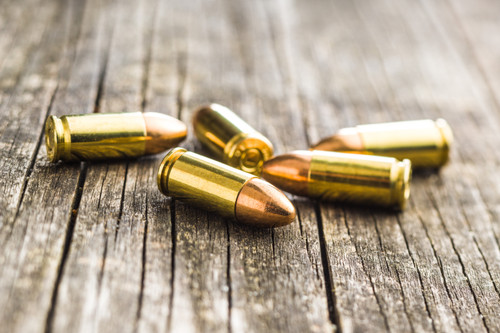
 Pro Armory Editorial Team
Pro Armory Editorial Team